PPT-Trainees in difficulty
Author : lois-ondreau | Published Date : 2017-04-10
Rachel Roberts Ann Telesz July 2015 Aims of session What is a trainee in difficulty What is the process once they are identified How is an educational diagnosis
Presentation Embed Code
Download Presentation
Download Presentation The PPT/PDF document "Trainees in difficulty" is the property of its rightful owner. Permission is granted to download and print the materials on this website for personal, non-commercial use only, and to display it on your personal computer provided you do not modify the materials and that you retain all copyright notices contained in the materials. By downloading content from our website, you accept the terms of this agreement.
Trainees in difficulty: Transcript
Download Rules Of Document
"Trainees in difficulty"The content belongs to its owner. You may download and print it for personal use, without modification, and keep all copyright notices. By downloading, you agree to these terms.
Related Documents

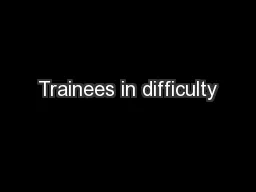
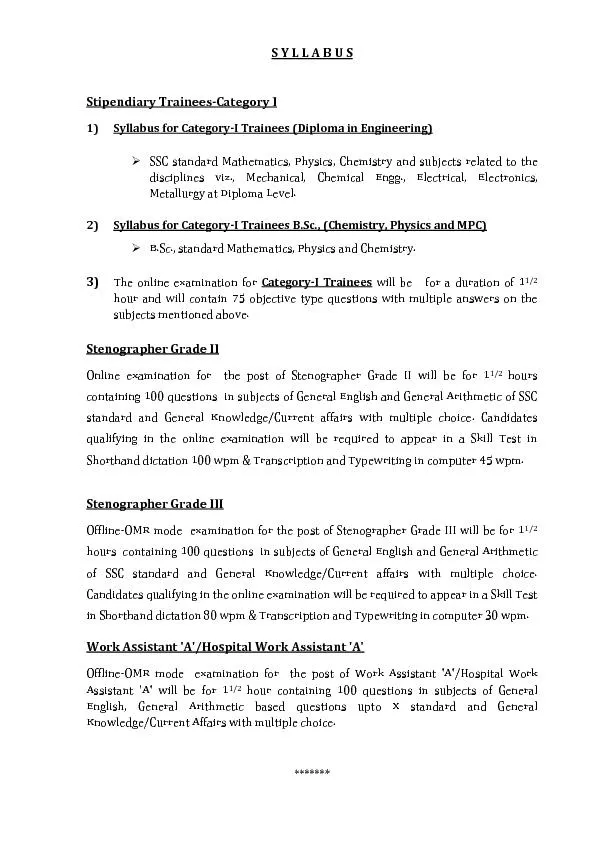

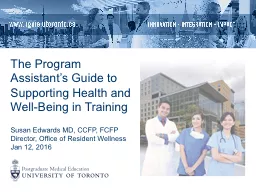
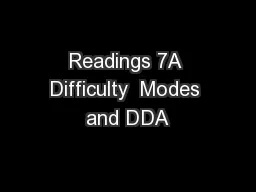

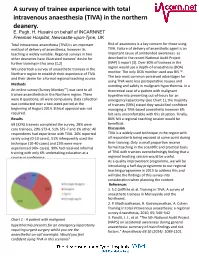
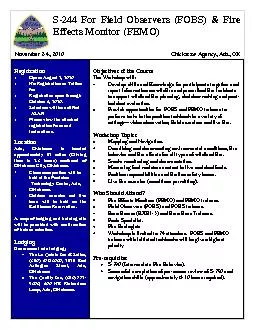
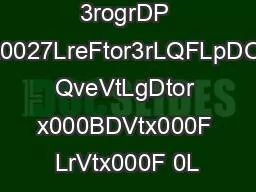



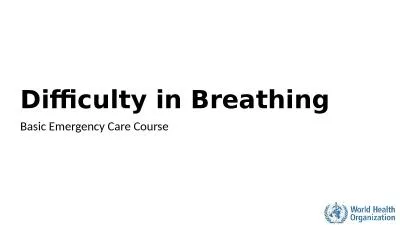
![[EBOOK] ACS Gas Exam Questions Book with Answers: CCN1 Questions Practice for New Trainees](https://thumbs.docslides.com/1005431/ebook-acs-gas-exam-questions-book-with-answers-ccn1-questions-practice-for-new-trainees-and-reassessments-acs-gas-knowledge-for-trainees-and-reassessments.jpg)